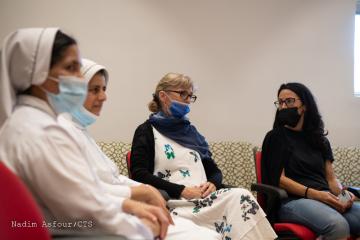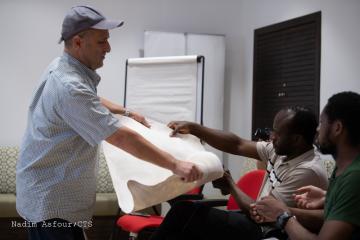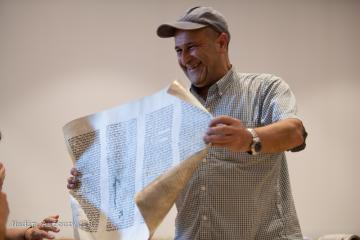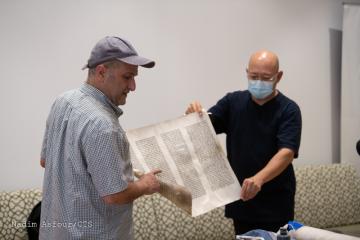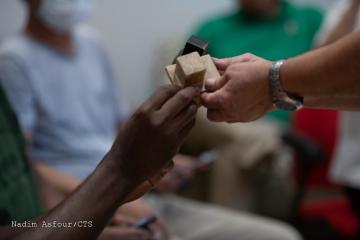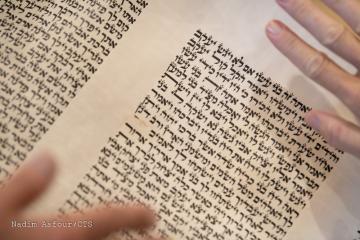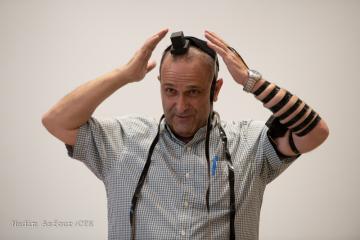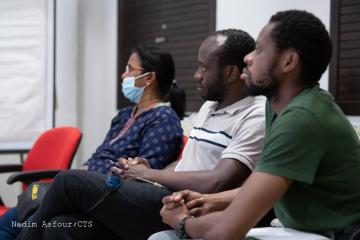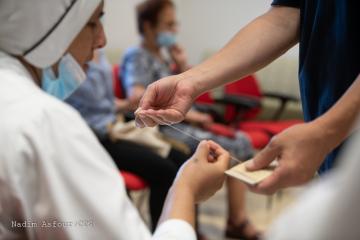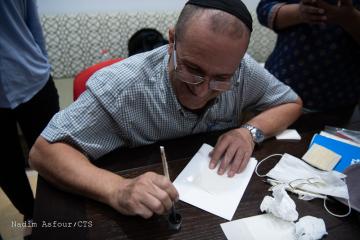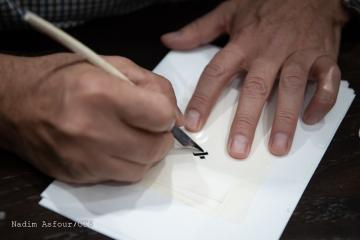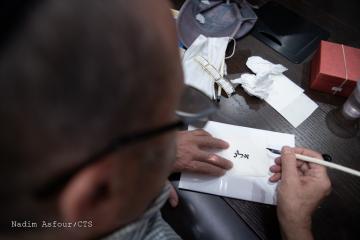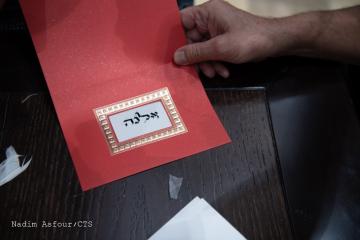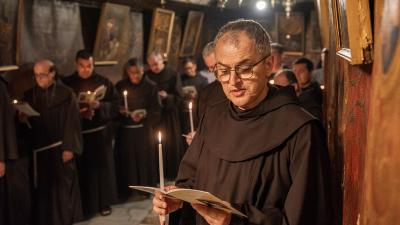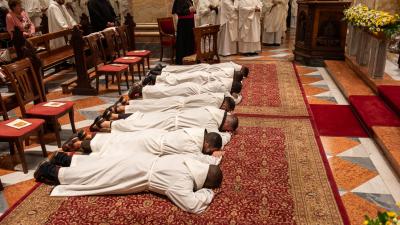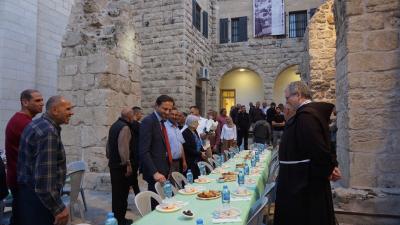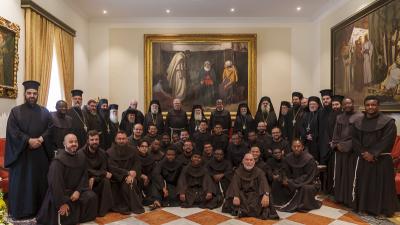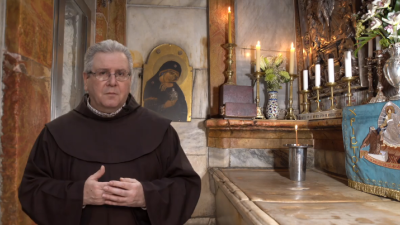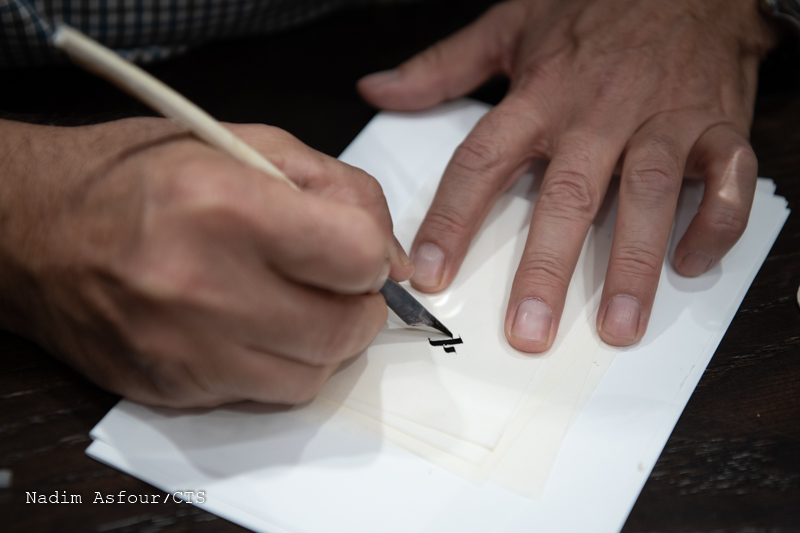
On Monday 19 July, a group of English-speaking religious met at the Notre Dame Center in Jerusalem to learn in-depth about calligraphy in Jewish culture and religion. The meetings, held every month, are part of the activities organized by English-speaking religious and led by Fr. Lionel Goh, a Franciscan friar from Singapore.
"The initiative was started a few months ago by the sisters of the Convent of the Flagellation,” Fr. Goh said. "As they have particular working times, they do not have the opportunity to go out to get to know the local situation better.”
In Jerusalem, a crossroads of peoples and religions, before the pandemic there had been various opportunities with a spiritual background proposed on a monthly basis to the different language groups. According to the Franciscan friar, however, the recent global pandemic and the internal tensions in the country have fostered the isolation of the different local religious communities, which have found themselves even more distant from the everyday life of Jerusalem and its complex dynamics.
"We started to meet at the shrine of the Flagellation, on the Via Dolorosa, for moments of prayer: adoration, a celebration of the Eucharist, sharing the Word," Fr. Lionel continues. "Then other religious decided to carve out this short moment of reflection and together we decided to include looking at a cultural subject in-depth in English in our monthly meetings."
Two lectures have already been held: the first, by Sr. Theresa Rose of the congregation of the Daughters of Sion, was an in-depth discussion on Pentecost in Judaism; the second, on the other hand, was on the Book of Exodus, given by Fr. Lionel.
"From prayer we moved on to activities which help us know more, collect and receive information about the local environment. The dynamics of animation have also been part of the organization,” the Franciscan said. "For example, today it would not have been possible for us to meet at the convent of the Sisters of Mother Theresa of Calcutta, where we usually meet. We could not ask a scribe of the Torah to enter a church in the Christian Quarter. In the Jewish tradition, entering a non-Jewish place of worship can be a reason of ‘impurity’.”
For the time being, about thirty religious have signed up for this initiative and they continue to suggest topics for the meetings. Not all of them have English as their mother tongue: several actually belong to the Chinese language group which meets every month or before some significant occasions. “I also animate the Chinese-speaking group, which exists above all thanks to the economic support of Chinese benefactors,” continued Fr. Lionel. "The aim is to feel a little bit at home, doing various activities together: masses, lectures, meetings in our language, cultural activities, lunches on important feast days such as the Chinese New Year."
Giovanni Malaspina


